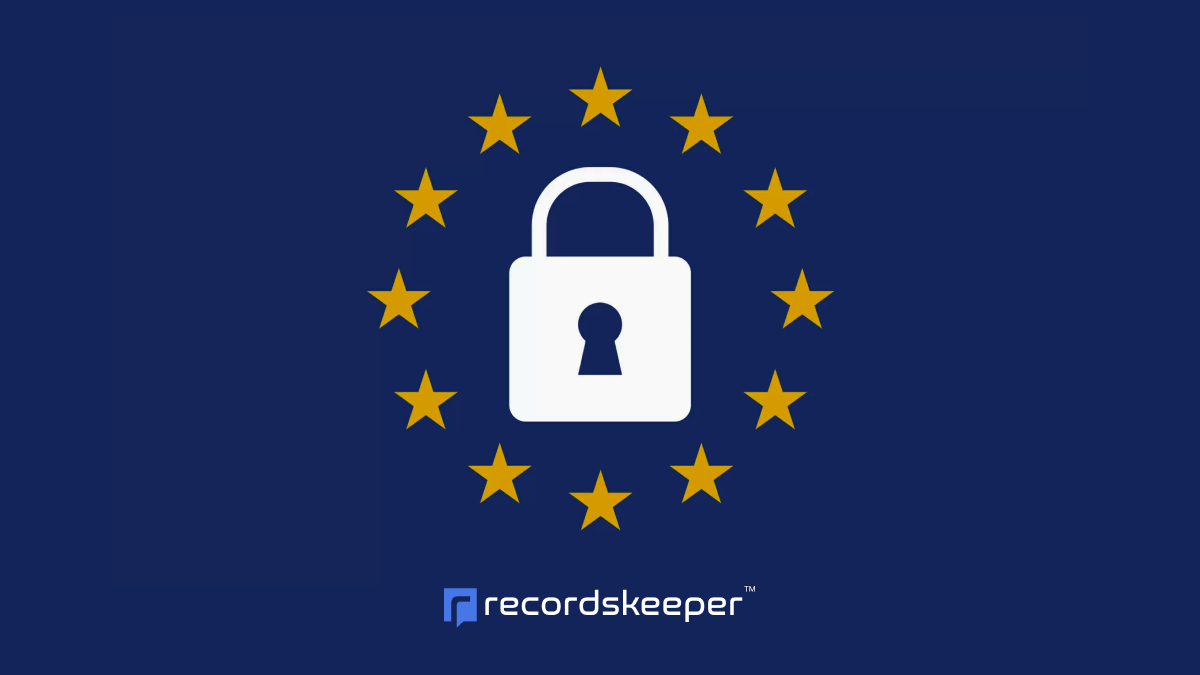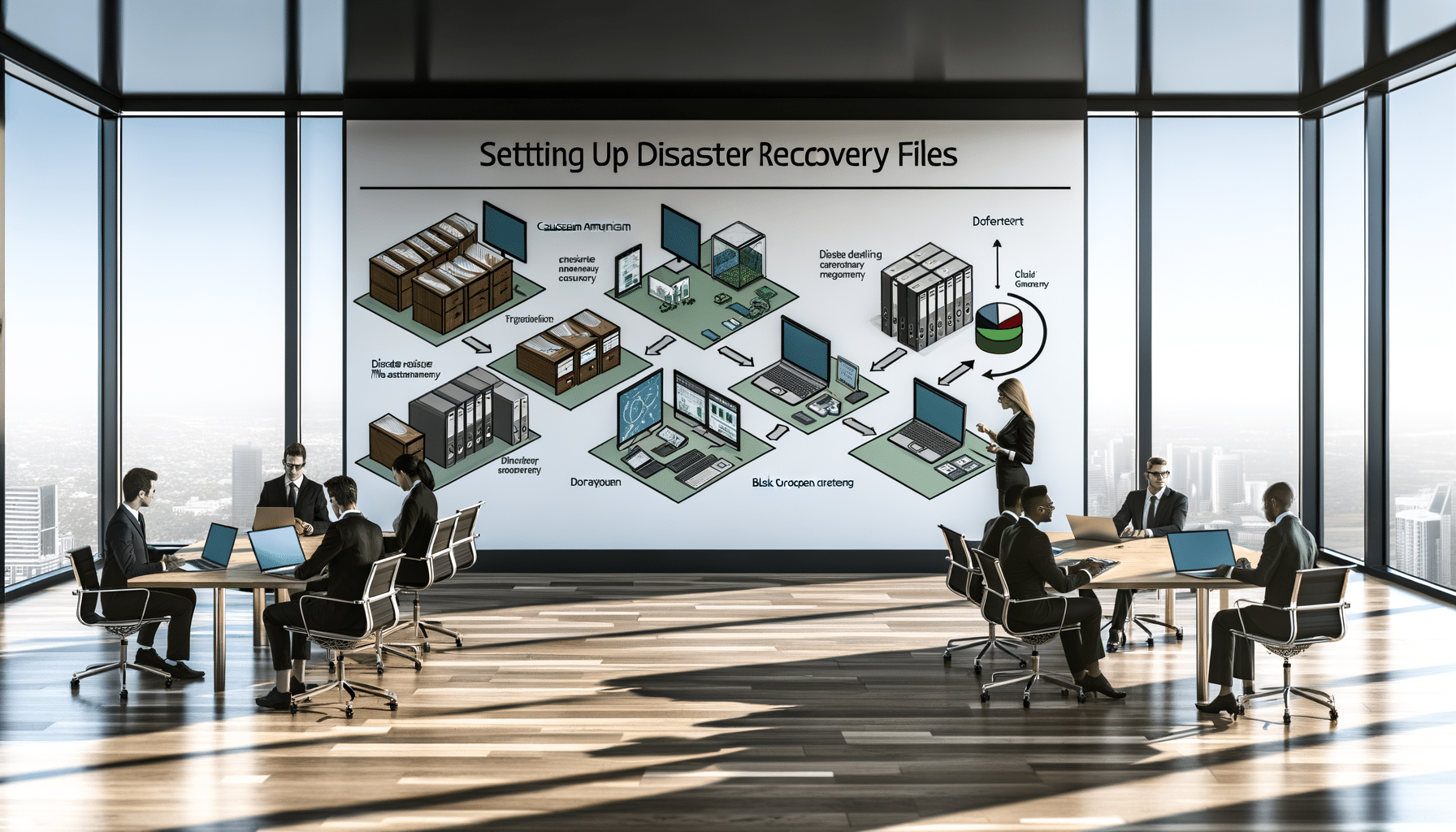- Risk Management
- January 15, 2023
Why Blockchain Matters for Disaster Recovery and Business Continuity

Harnessing Blockchain for Robust Disaster Recovery and Business Continuity
In today’s fast-paced digital landscape, preparing for the unforeseen is no longer an option but a necessity. As an entrepreneur and founder of RecordsKeeper.AI, one of the critical challenges I’ve witnessed among businesses is ensuring seamless disaster recovery and business continuity. It’s a daunting issue that demands an innovative solution—and that’s where blockchain comes into the picture.
Understanding the Challenges in Disaster Recovery and Business Continuity
Before delving into blockchain’s promising role, let’s take a moment to understand the persistent challenges many organizations face with disaster recovery. Data breaches, system failures, and natural calamities can threaten the very foundation of business operations. Downtime can lead to lost revenue, tarnished reputations, and, in severe cases, the dissolution of the business altogether.
The traditional methods often involve complex and costly systems relying heavily on centralized data storage, vulnerable to single points of failure. A disaster affecting the central server can compromise the entire business operations, resulting in irreversible damage.
Blockchain: A Game-Changer in Disaster Recovery
So, what makes blockchain stand out in this scenario? Blockchain technology, thanks to its decentralized nature, offers a robust shield against data loss and corruption. By distributing data across a network rather than storing it in one place, it ensures that no single incident can wipe out your critical business information.
In the context of disaster recovery, blockchain’s immutability is particularly valuable. Once data is recorded in the blockchain, it cannot be altered or deleted, ensuring a transparent audit trail. This feature not only aids in recovery but also guarantees data integrity, which is paramount in rebuilding operations post-disaster.
Decentralization: Eliminating Single Points of Failure
Central to blockchain’s prowess is its ability to decentralize data storage. By spreading data across multiple nodes, it eliminates the traditional single point of failure. In practical terms, this means that even if a few nodes are compromised, the majority remain intact, preserving the data.
Immutable Records: Enhancing Data Integrity
Every entry on a blockchain is time-stamped and cryptographically secured, making it immune to unauthorized alteration. This immutability ensures that the data remains untampered, extending a critical advantage in disaster scenarios where transparency and reliability of information are needed more than ever.
Business Continuity: Beyond Mere Recovery
While disaster recovery focuses on restoring IT systems following an incident, business continuity is about maintaining essential functions amidst the chaos. Blockchain plays an integral role here by providing a reliable framework that supports continuous operations.
For instance, in financial services, smart contracts facilitated by blockchain ensure that transactions occur automatically when predefined conditions are met. This automation reduces the number of manual interventions, minimizing delays and ensuring that business processes proceed without a hitch even during adverse conditions.
Smart Contracts: Streamlining Operations
Implementing smart contracts can streamline operations by executing transactions automatically and efficiently, without the need for third-party intervention. This feature is particularly beneficial in ensuring businesses remain operational during disruptive events.
Audit Trails: Simplifying Compliance
Blockchain’s transparent nature facilitates the creation of comprehensive audit trails, proving indispensable for compliance and risk management. Businesses operating in heavily regulated industries can benefit enormously from the easy accessibility of immutable records, ensuring adherence to compliance requirements even in challenging times.
Real-World Implications and Future Outlook
With blockchain’s capabilities, the paradigm of disaster recovery and business continuity is experiencing a shift towards a more resilient and agile future. Industries ranging from healthcare to finance are recognizing its potential in protecting their critical operations and safeguarding valuable data.
However, embracing blockchain for disaster recovery and business continuity doesn’t come without its own set of challenges, including integration complexity and the need for industry-standard protocols. Yet, the undeniable benefits make it an attractive option for businesses aiming to future-proof themselves.
As we continue to innovate, at RecordsKeeper.AI, we’re constantly exploring how blockchain can further revolutionize record management and risk mitigation. Our commitment is to empower businesses, government departments, and individuals to not merely cope but thrive in the face of adversity.
Conclusion: Embrace the Future of Resiliency
Incorporating blockchain into disaster recovery and business continuity strategies is not just an enhancement; it’s a game-changer for risk management. By eliminating single points of failure and safeguarding data integrity with immutable records, businesses can achieve unprecedented levels of resilience.
I invite you to join us on this transformative journey. Explore more about how RecordsKeeper.AI leverages blockchain technology to fortify your business’s defenses and ensure that when disaster strikes, you’re not just ready to recover—but ready to lead.
For more insights and updates, follow along with my entrepreneurial expedition as we continue to redefine the landscape of secure and compliant record management.
Toshendra Sharma is the visionary founder and CEO of RecordsKeeper.AI, spearheading the fusion of AI and blockchain to redefine enterprise record management. With a groundbreaking approach to solving complex business challenges, Toshendra combines deep expertise in blockchain and artificial intelligence with an acute understanding of enterprise compliance and security needs.
Related Posts

Achieving Perfect GDPR Compliance: A Financial Services Success Story
European Financial Trust (EFT), a global financial services company managing over $50 billion in assets, faced mounting pressure to ensure GDPR compliance across its vast network of client data and transactions. With operations in 15…
- January 15, 2025

Setting Up Disaster Recovery Files
Organizing critical records for emergency access.
- January 12, 2025
Archives
- January 2025
- December 2024
- November 2024
- October 2024
- September 2024
- August 2024
- July 2024
- June 2024
- May 2024
- April 2024
- March 2024
- February 2024
- January 2024
- December 2023
- November 2023
- October 2023
- September 2023
- August 2023
- July 2023
- June 2023
- May 2023
- April 2023
- March 2023
- February 2023
- January 2023
- December 2022
- November 2022
- October 2022
- September 2022
Want to get more content like this?
Signup to directly get this type of content to your inbox!!
Latest Post
Document Control for Equipment Maintenance
- January 20, 2025
Managing Records for Multiple Clients
- January 19, 2025
Handling Conference Documentation
- January 18, 2025
Setting Up Department Record Reviews
- January 17, 2025





